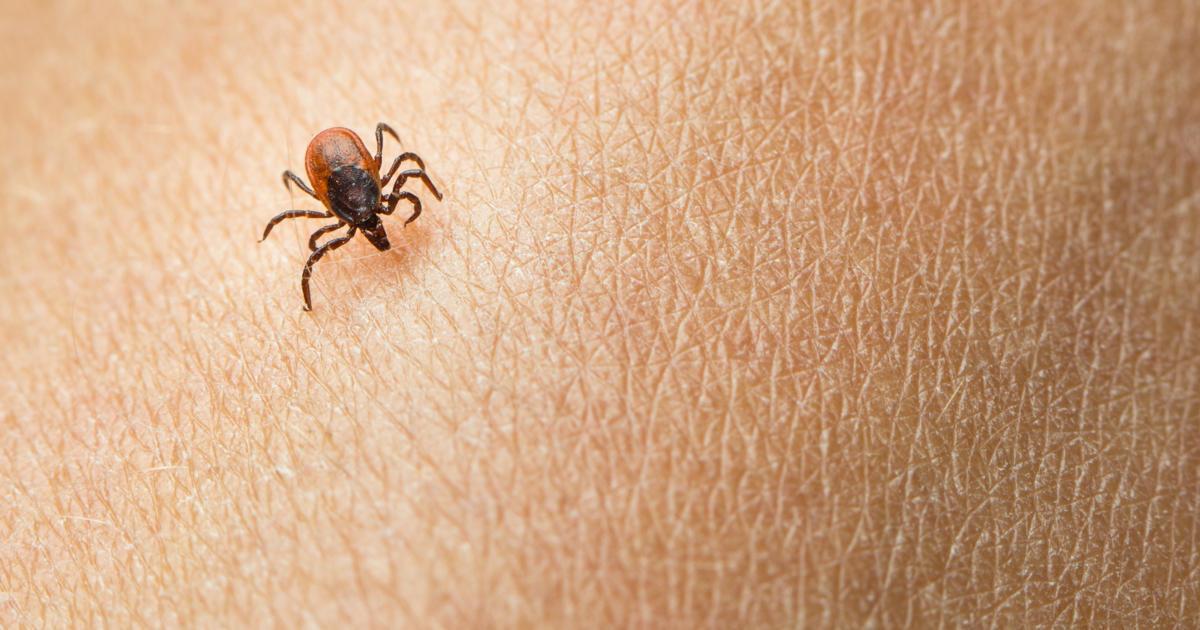Typhus Prevention Methods
Typhus is an illness caused by various types of rickettsial or orentia bacteria. The disease can be transmitted through the bite or feces of infected insects and other parasites. The bacteria can enter an individual's bloodstream through feces entering tiny cuts or bites. Insects may leave feces on the skin while they're biting or feeding off humans. These bites are usually itchy, and scratching the area leaves openings for the bacteria or feces to enter the patient's bloodstream.
Some infections can occur from a bite even without scratching the bite or surrounding area. Typhus is more of an issue in developing countries or regions with problems like poor sanitation. The main types of typhus include epidemic, scrub, and murine. Symptoms include fever, headache, chills, vomiting, stupor, and a spotted rash. A blood test can check for typhus bacteria. Individuals should seek medical attention immediately if they suspect a typhus infection, especially if they have traveled abroad.
Of course, prevention is the key. Learn how to prevent typhus now.
Basic Healthy Hygiene Practices

It's best to avoid travel to countries or regions at high risk for typhus exposure or any place where exposure to the disease has actually occurred. In the event of travel to such places, cleanliness and proper personal hygiene are important ways of decreasing the risk of infection. Basic healthy hygiene practices are one of the best ways to prevent infestations of insects that carry the typhus bacteria. Frequent hand-washing is an effective way of controlling the infection and preventing it from spreading to others. Individuals should use soapy water at the hottest, bearable temperature to scrub hands for at least thirty seconds. They should also always wash their hands before preparing food, eating, and after using the bathroom. Keeping hand sanitizer handy for instances where there is no access or limited access to soap and water is also beneficial. Frequent bathing and changing clothes is also important to get rid of or prevent body louse infestations. Other hygiene practices for avoiding infection include using bottled water, boiling clothes for at least an hour, avoiding raw foods, and consuming only steaming, hot foods.
Keep reading for more methods of preventing typhus now.
Avoid Animals Known To Carry Typhus

One of the easiest ways to prevent typhus is to avoid animals known to carry typhus. Carriers of the bacteria include lice, fleas, ticks, mites, rats, opossums, and other small mammals. Some of them become carriers from feeding on the blood of infected people or rodents. Epidemic typhus can be found in the United States and many other countries, and it's spread by infected body lice, flying squirrels, or possibly by ticks. This kind of typhus is rare and usually occurs in very crowded living conditions with poor sanitation. Cat fleas or rat fleas carry murine or endemic typhus. This type is found worldwide, and although it's not common in the United States, cases have been reported in Texas, Hawaii, and Southern California. Scrub typhus, also known as tsutsugamushi disease, is carried by chiggers, which are mites in their larval stage. This form of typhus can be found in Southeast Asia, northern Australia, Japan, China, India, Papua New Guinea, and the Pacific Islands.
Learn more about how to effectively prevent typhus now.
